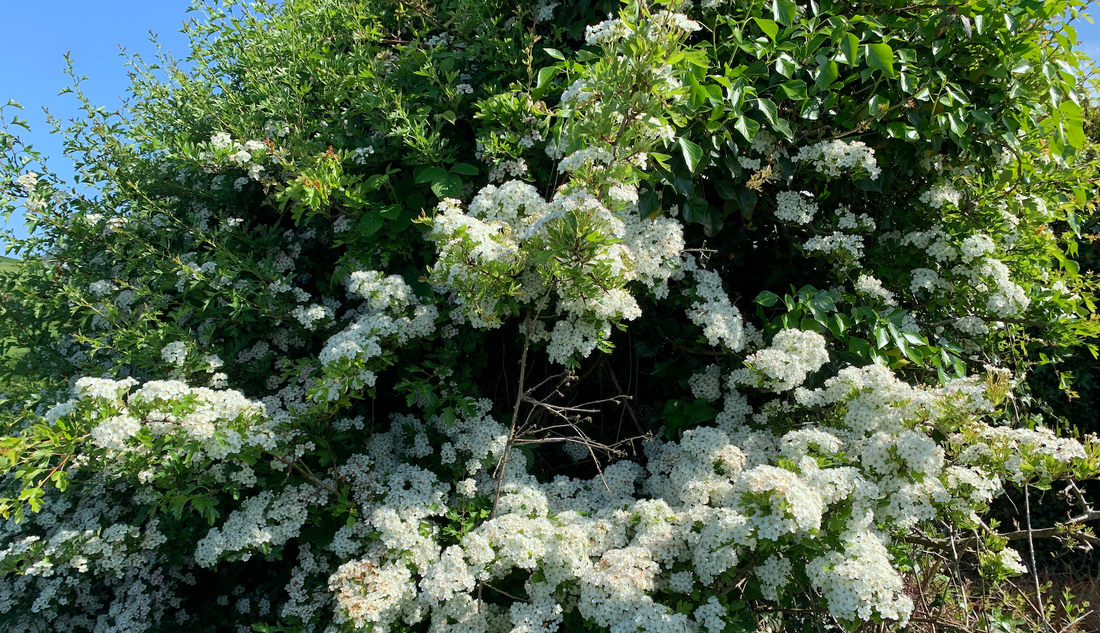There's something truly magical about exploring woodlands, with their rich biodiversity and breathtaking natural beauty. One tree that never fails to captivate the imagination is the Hawthorn tree.
Hawthorn, scientifically known as Crataegus monogyna, is a native tree species in the United Kingdom and Ireland. It holds a special place in folklore, cultural traditions, and ecological significance. Revered for centuries, these mystical trees have woven themselves into the tapestry of our history and continue to thrive in our woodlands today.
Appearance and characteristics
Hawthorn trees are deciduous and can reach heights of up to 15 metres, creating a striking silhouette against the sky. Their twisted branches are adorned with small, deeply-lobed leaves that form a dense canopy during the warmer months. Come springtime, these trees burst into a riot of fragrant white flowers, attracting pollinators like bees and butterflies.
In the autumn, the Hawthorn tree's branches bear abundant clusters of bright red berries, known as ‘haws.’ These berries provide nourishment for birds and small mammals during the colder months, making the Hawthorn an essential food source in the woodland ecosystem.
Symbolism and Folklore
Hawthorn trees have a rich cultural heritage and are steeped in folklore and symbolism. In ancient times, they were believed to possess protective powers, and their branches were used to ward off evil spirits. They were often planted near homes to bring good fortune and prevent lightning strikes. Hawthorn also found its place in May Day celebrations, where people would gather and dance around a ‘Maypole’ adorned with Hawthorn blossoms.
In literature and mythology, Hawthorn trees have been associated with enchantment and magic. They are often featured in tales of fairies and supernatural beings, adding an air of mysticism to the woodlands.
Ecological Importance
Hawthorn trees play a vital role in supporting biodiversity in our woodlands. Their dense canopy provides shelter for a wide range of bird species, while the haws serve as a vital food source during the winter months when other food becomes scarce. The tree's thorny branches also offer protection for nesting birds against predators.
In addition to their ecological value, Hawthorn trees are known for their ability to regenerate and establish themselves in various habitats. Their resilience and adaptability make them an important species for the restoration and conservation of woodlands.
Conservation and Preservation
To ensure the long-term survival of Hawthorn trees and the woodlands they inhabit, organisations like the Woodland Trust work to protect and preserve these natural habitats. They engage in tree planting initiatives, habitat restoration projects, and provide valuable educational resources to raise awareness about the importance of woodlands and their biodiversity.
By supporting organisations like the Woodland Trust, we can contribute to the conservation efforts and help secure a future where Hawthorn trees continue to thrive and inspire generations to come.
So, the next time you find yourself in a local woodland, take a moment to appreciate the beauty and magic of Hawthorn trees.

